Neelakurinji (Strobilanthes kunthiana)
|
Neelakurinji (Strobilanthes kunthiana), a flowering shrub that blooms once every 12 years, is now classified as Vulnerable (Criteria A2c) on the IUCN Red List.
About Neelakurinji Flower:
|
Gurmar
|
Researchers have discovered anti-diabetic medicinal herb Gurmar on Gaya’s Brahmayoni Hill.
About Gurmar:
|
Monitor Lizard
|
World Lizard Day is celebrated on August 14 every year
About Monitor lizards:
|
DRDO carries out Flight test of long-range glide bomb “Gaurav”
|
India has carried out a “successful” maiden flight test of long-range glide bomb (LRGB) Gaurav from a Su-30 MK-I fighter jet of the Indian Air Force.
About Long-range glide bomb (LRGB) – Gaurav:
|
Lunisolar Calendar
|
A researcher at the University of Edinburgh has discovered what he believes to be the earliest lunisolar calendar at Göbekli Tepe, an ancient site in southern Turkey that was once a complex of temple-like enclosures
Key Findings:
|
Kerala’s Jewish Communities |
Recently, Queenie Hallegua, 89, died . She was the last woman of Kerala’s once-vibrant Paradesi Jewish community.
About Malabar Jews:
About Paradesi Jews:
Migration back to Israel
|
PM GatiShakti Southern Zone District Level Capacity Building Workshop held in Thiruvananthapuram.
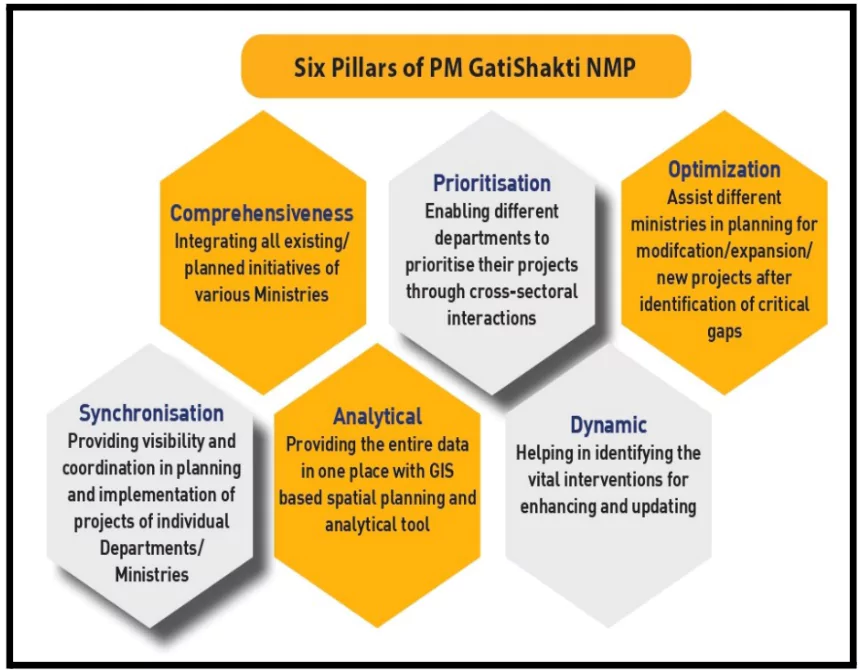 Objective:
Objective:
Scientists have found that melting polar ice caps are causing the Earth to spin slower, resulting in tiny changes in day length.
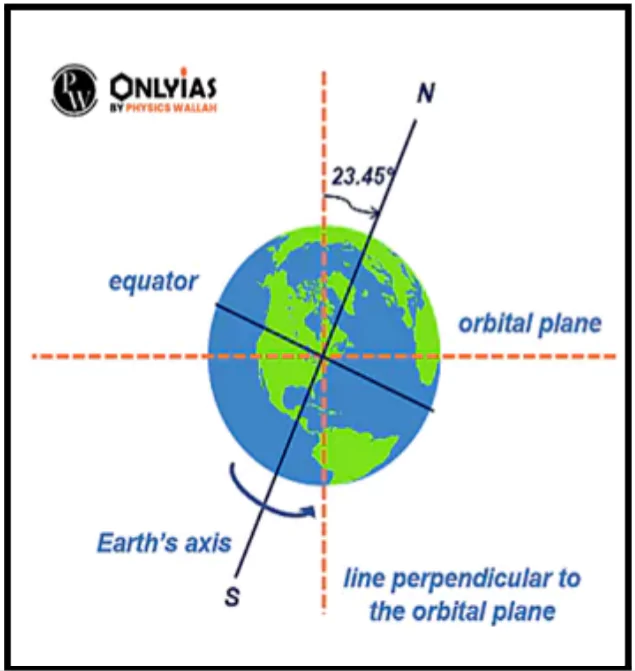
Antibiotics are often hailed as miracle drugs, capable of curing once-deadly infections and saving countless lives. However, its overuse and misuse in humans, animals, and agriculture have severe and often overlooked consequences.
The human body is home to a vast, intricate community of microorganisms collectively known as the microbiome.
An antibiotic is a type of antimicrobial substance active against bacteria.
While antibiotics are essential for treating bacterial infections, their irrational use can wreak havoc on the microbiome.
Antibiotics have revolutionised medicine, but their misuse poses serious threats. Antibiotics are a prime example of the medicine-poison paradox. Preserving the balance of the human microbiome is essential for maintaining health. We must carefully consider the use of antibiotics before taking them.
The First-ever Phase 3 clinical trial for a dengue vaccine in India has been announced by the The Indian Council of Medical Research (ICMR) and Panacea Biotec.
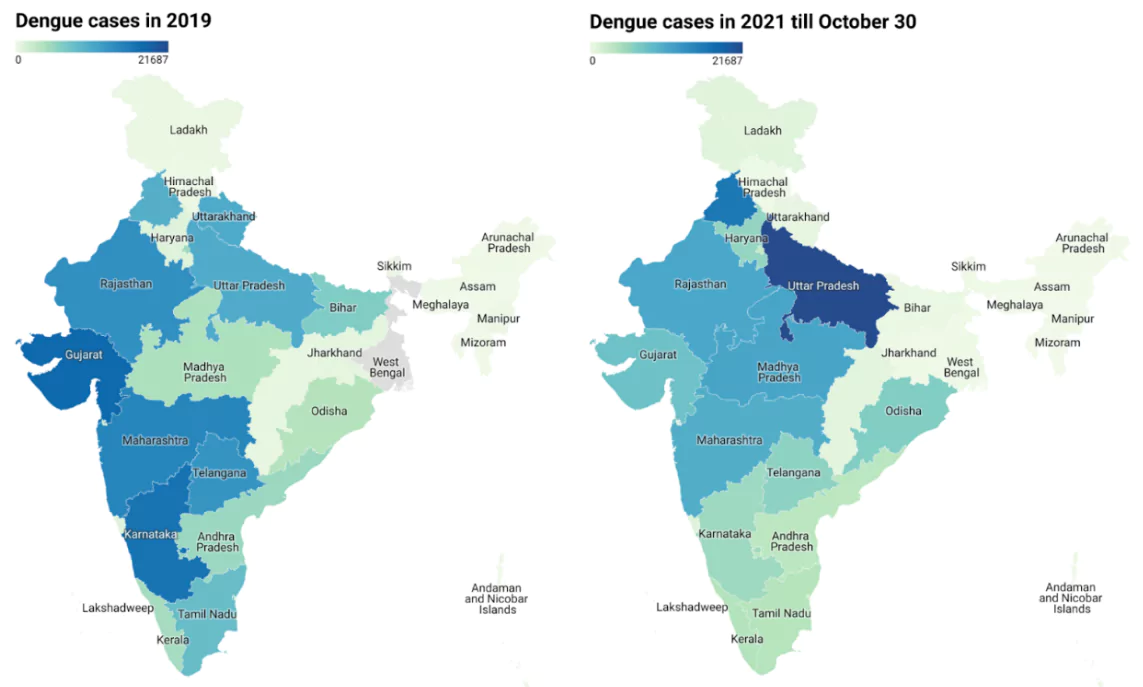
The introduction of the Brazilian insect ‘Cyrtobagous salviniae’ provided an effective and cost-efficient solution to the invasive aquatic weed ‘Salvinia molesta’ in Madhya Pradesh.
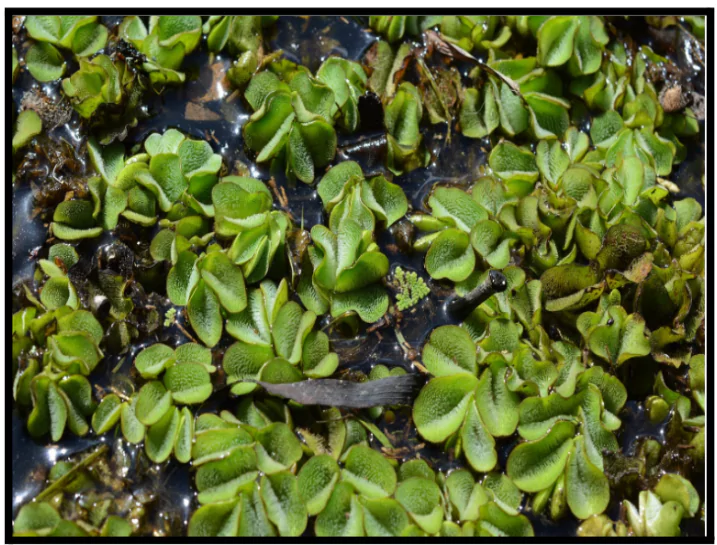
|
|---|
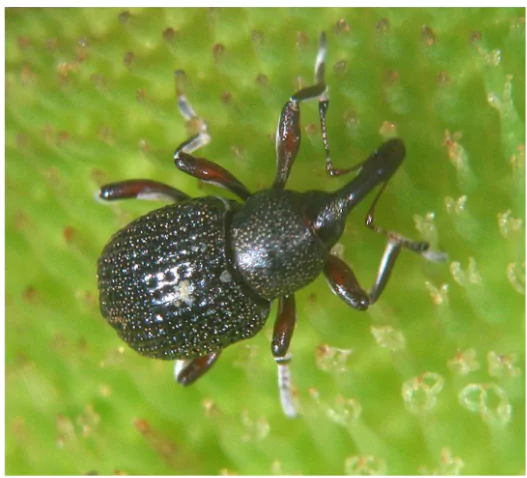 ‘Cyrtobagous salviniae’ was introduced to India from Australia in 1982, with successful trials in Bangalore and Kerala before reaching Central India.
‘Cyrtobagous salviniae’ was introduced to India from Australia in 1982, with successful trials in Bangalore and Kerala before reaching Central India.
Invasive Alien Species (IAS)
|
|---|
The Tamil Nadu Water Resources Department (WRD) has requested ₹160 crore from Kamarajar Port in Ennore, Tamil Nadu to remove invasive mussels from the coast near the port.
Reason for Proliferation: The WRD has accused Kamarajar Port of contributing to the spread of the invasive charru mussel (Mytella strigata) by not properly regulating ballast water discharge from ships.
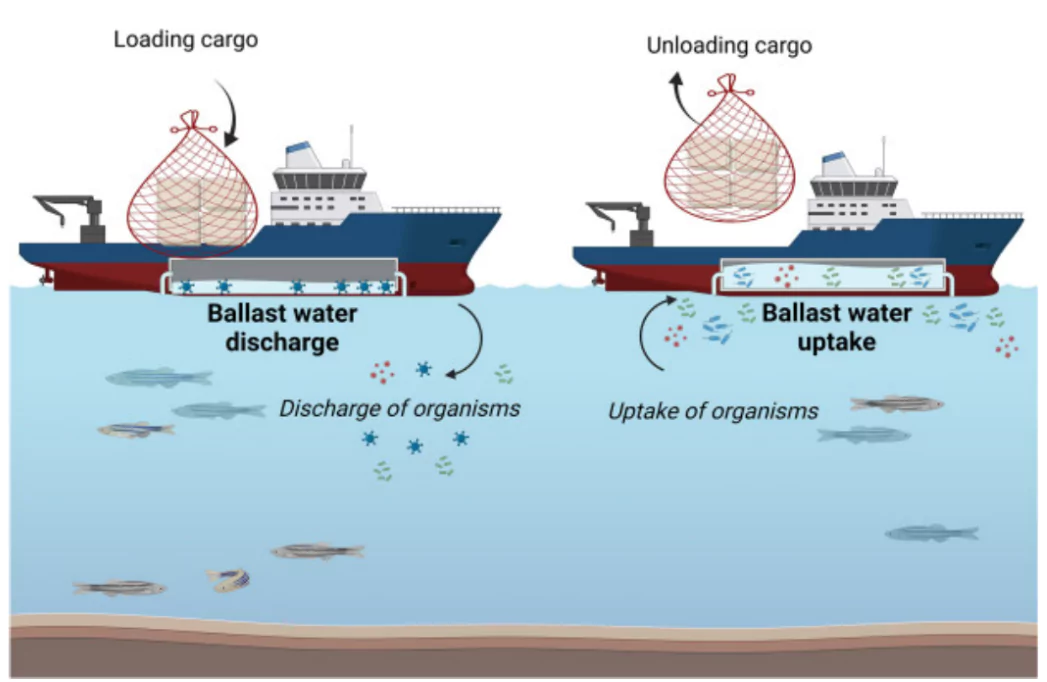
How Does the Ballast Water Treatment System Work?
|
Global Regulations
|
|---|
Mussels
Charru mussel
Invasive Species : Invasive species are organisms that are not native to a particular area and cause harm. |
The Bombay High Court in a recent judgement ordered that a donor of eggs or sperm does not have legal entitlement as the biological parent over the child.

Recently, Hindenburg Research, the US-based short seller, alleged in a report that Madhabi Puri Buch, the chairperson of stock market regulator Securities and Exchange Board of India (SEBI), and her husband had a stake in offshore entities connected to the Adani group.
The market regulator SEBI said that it had “duly investigated” Hindenburg’s allegations against the Adani Group.
SEBI’s ‘Code on Conflict of Interest’ seeks to ensure that the board ‘conducts in a manner that does not compromise its ability to accomplish its mandate or undermine the public confidence’ in the body.
Conflict of Interest is a situation where an individual’s personal interests or financial interests may influence their ability to make impartial decisions in their professional capacity.
Various types of Conflict of Interests are mentioned below:
In general, conflicts of interest are bad. However, there are reasons they arise, and these reasons may actually give a company good reason to have the conflict arise.
Following are the concerning challenges associated with the Conflict of Interest:
Effectively managing conflicts of interest is crucial to maintain trust and integrity. There is a need to follow six R’s, which are Recognize, Record, Reveal, Recuse or Restrict involvement in decision-making processes related to the conflict, and Review regularly.
In any situation, the individual’s personal interests could potentially influence their professional duties, creating a conflict of interest. It is important for professionals to be aware of these potential conflicts and take steps to manage them, such as recusing themselves from decision-making processes, disclosing potential conflicts to relevant parties, or seeking guidance from an ethics committee.
About Recent Claims Raised by Hindenburg ResearchRecently, Hindenburg Research, the US-based short seller, alleged in a report that Madhabi Puri Buch, the chairperson of stock market regulator SEBI, and her husband had a stake in offshore entities connected to the Adani group. Hindenburg Research had used the following multiple market terms to describe its claims.
|
|---|
Maharashtra Withdraws GRs on Hindi as Third Langua...
Statistical Report on Value of Output from Agricul...
Skills for the Future: Transforming India’s Work...
National Turmeric Board HQ Inaugurated in Nizamaba...
ECI Moves to De-List 345 Inactive Registered Unrec...
MNRE Issues Revised Biomass Guidelines Under Natio...
<div class="new-fform">
</div>